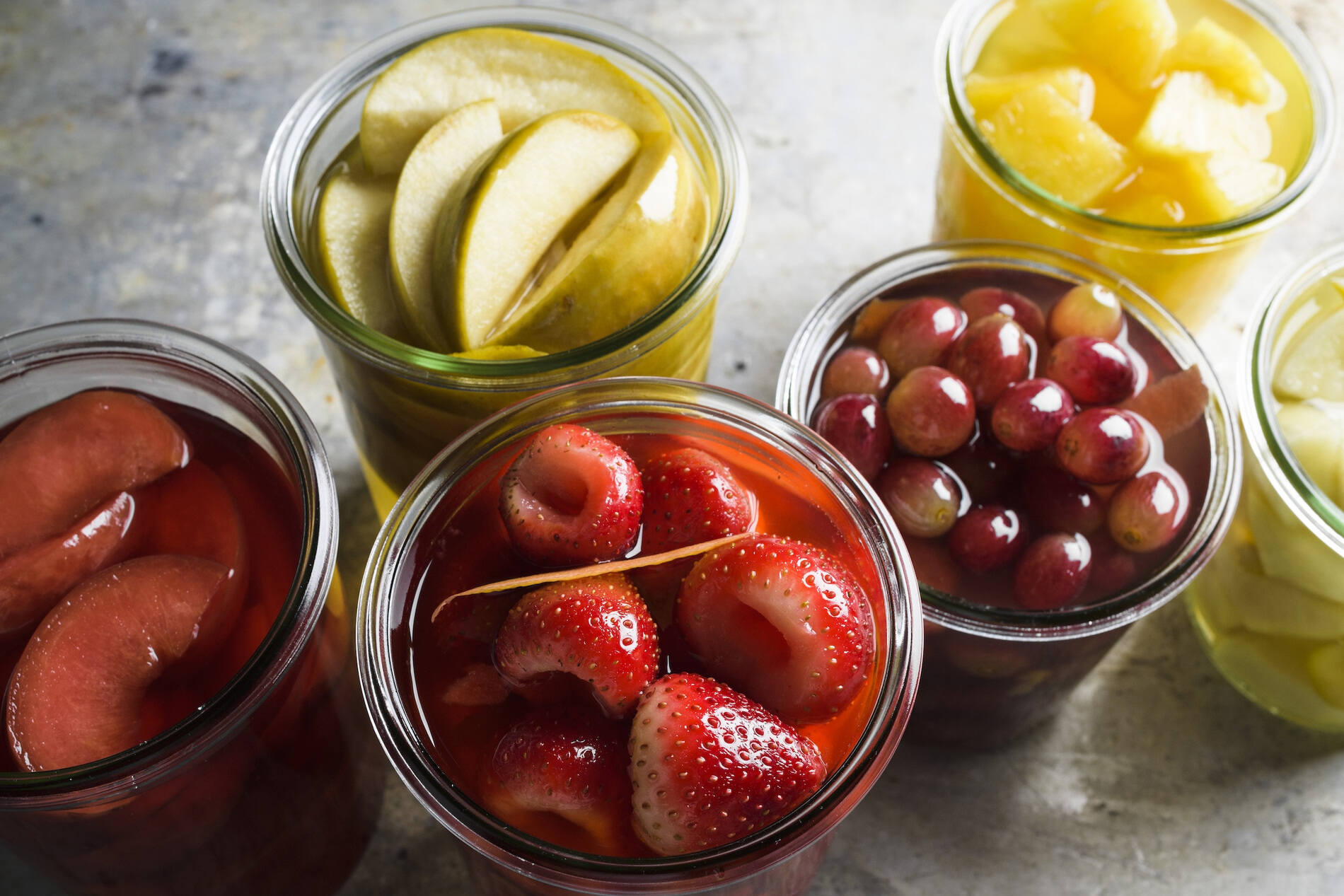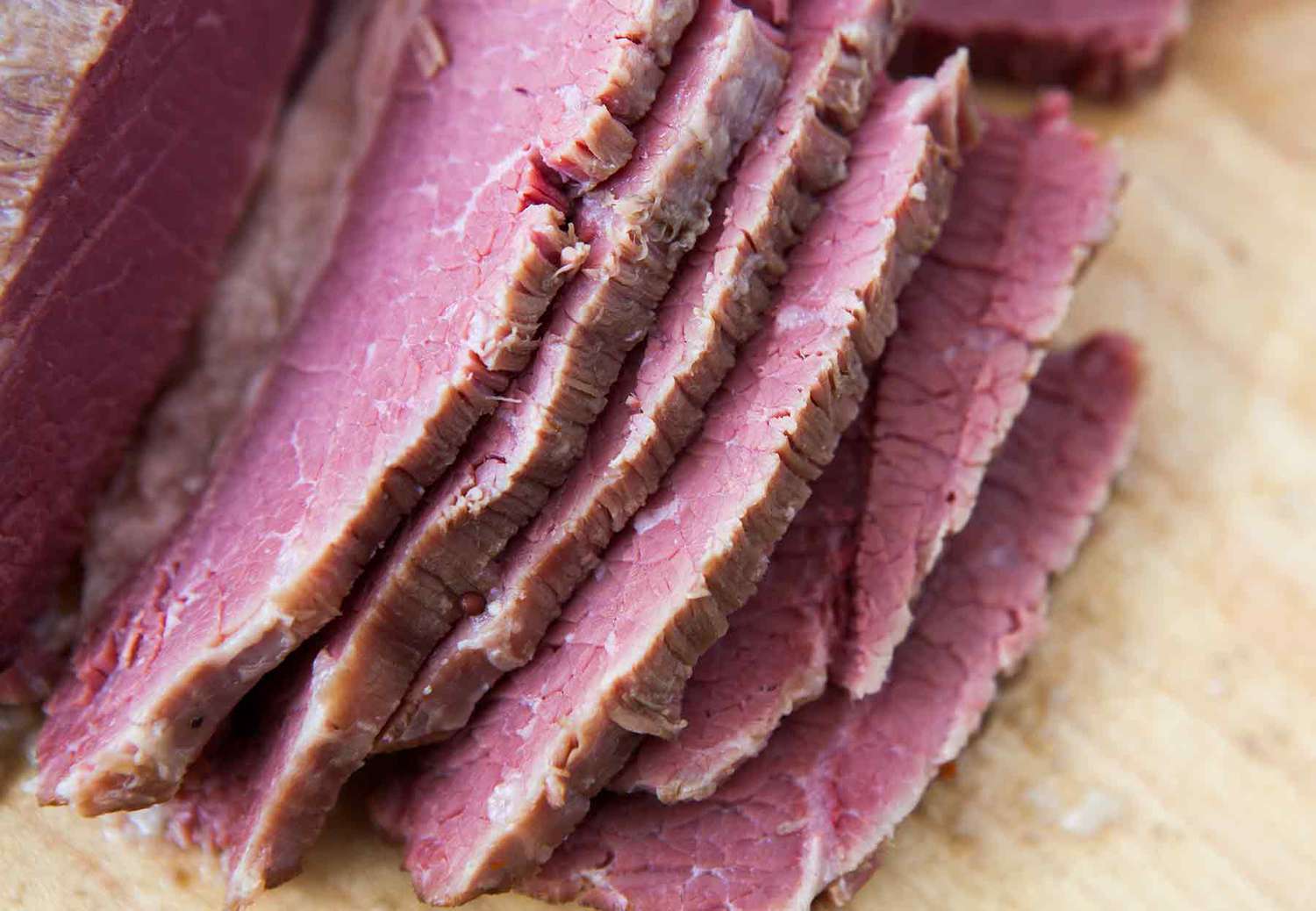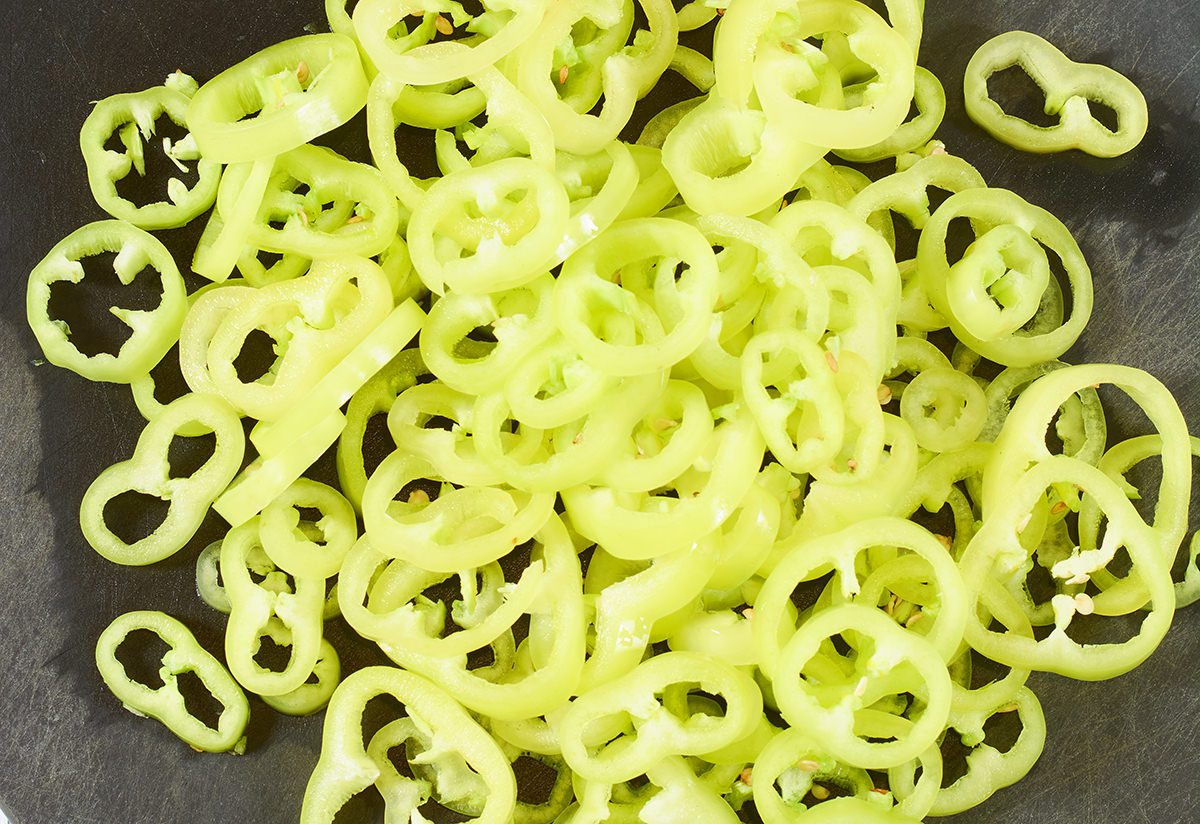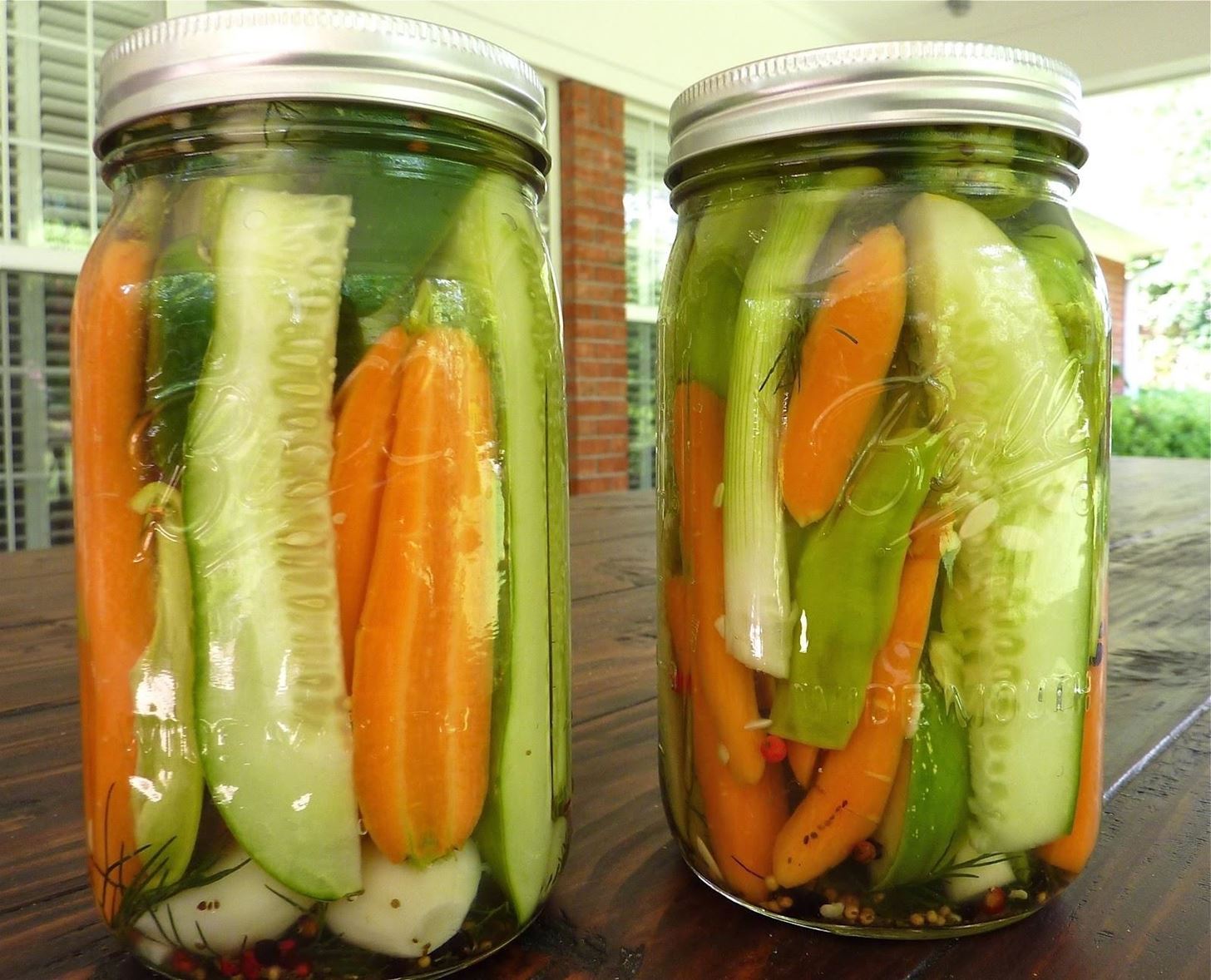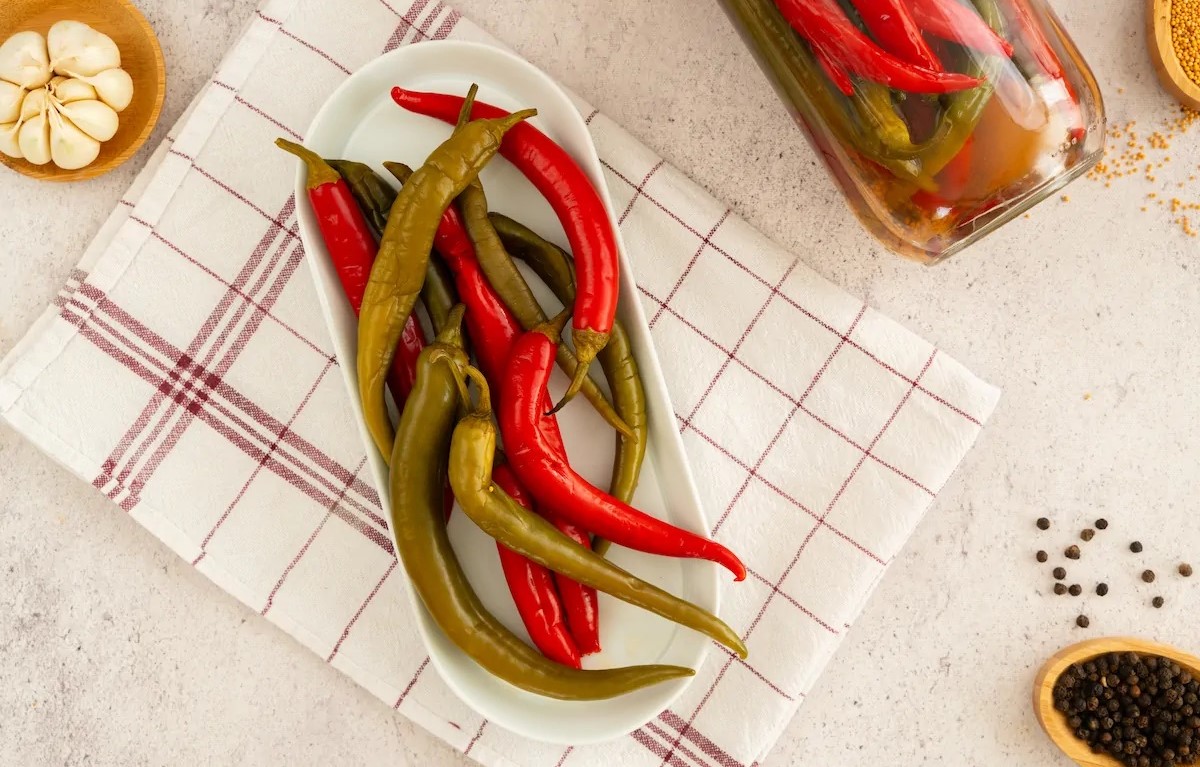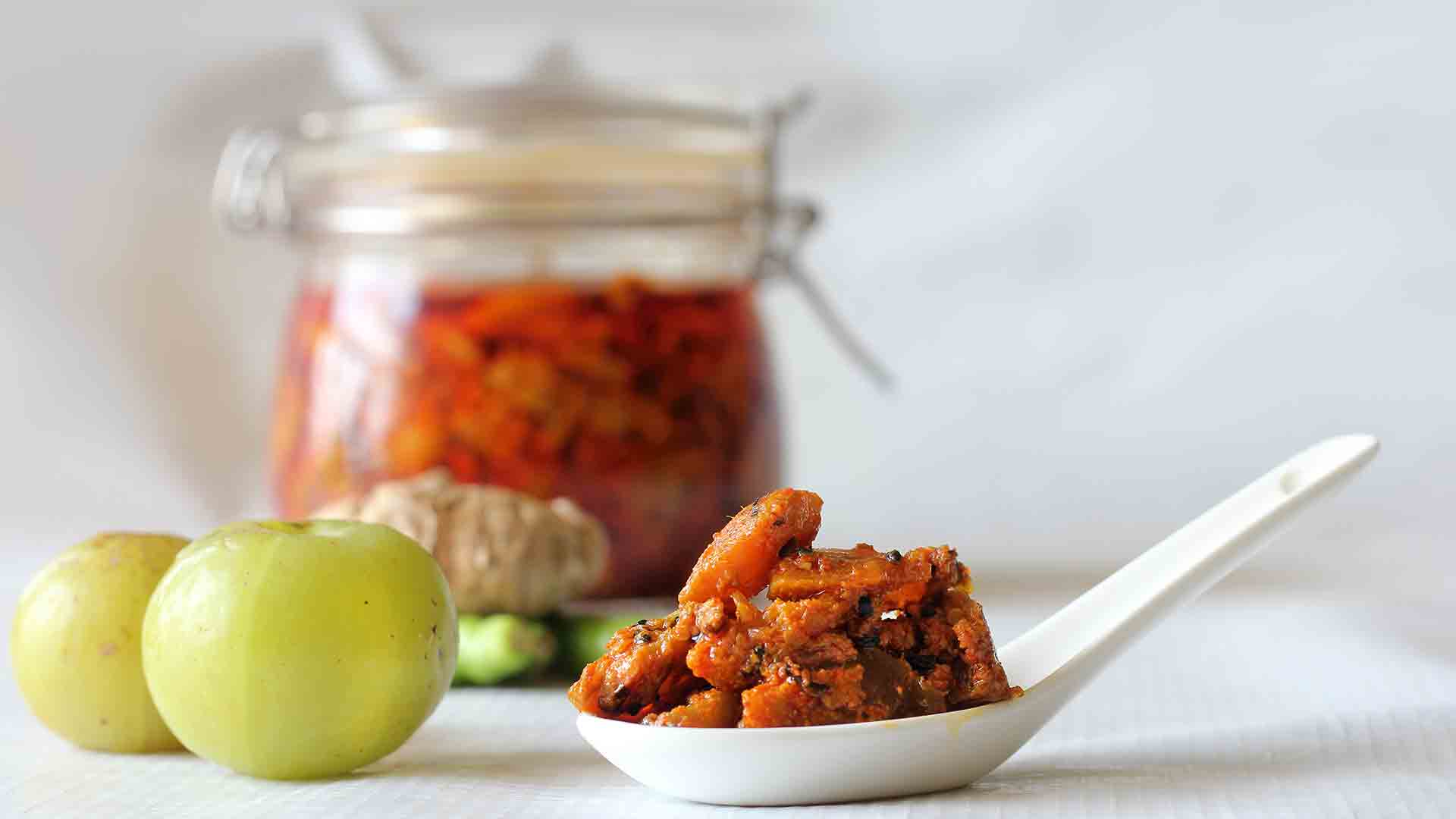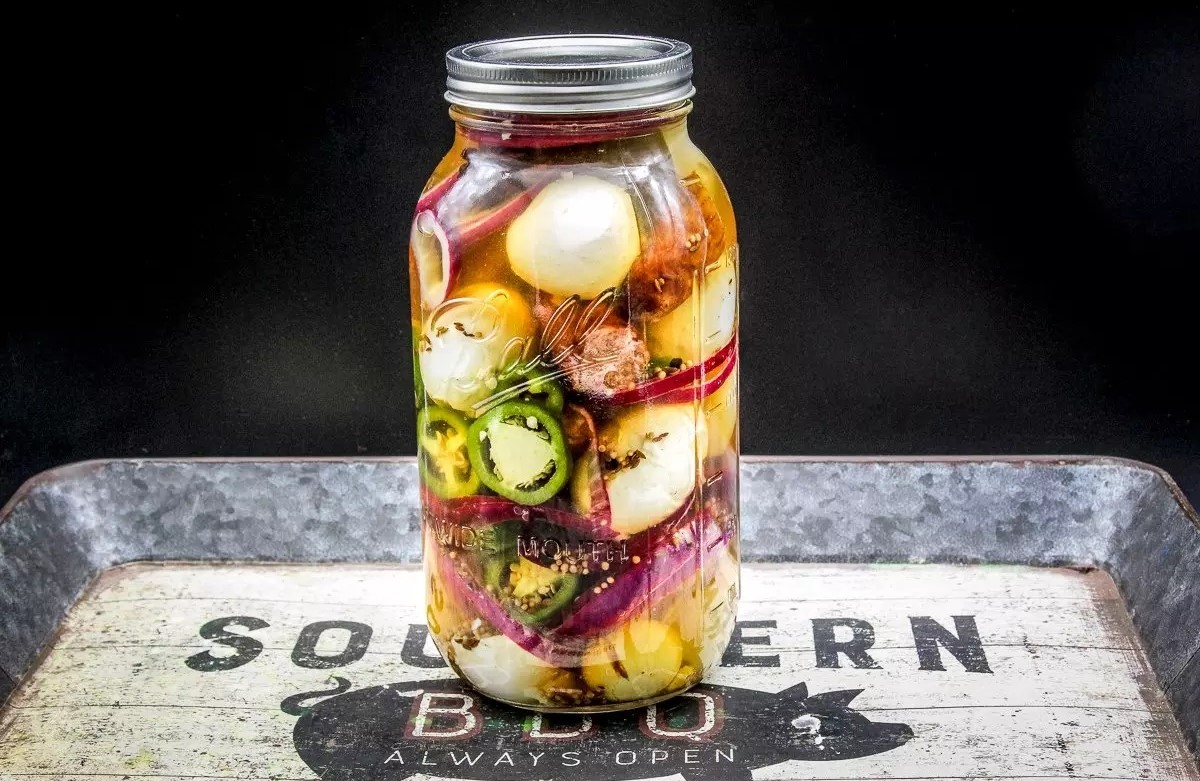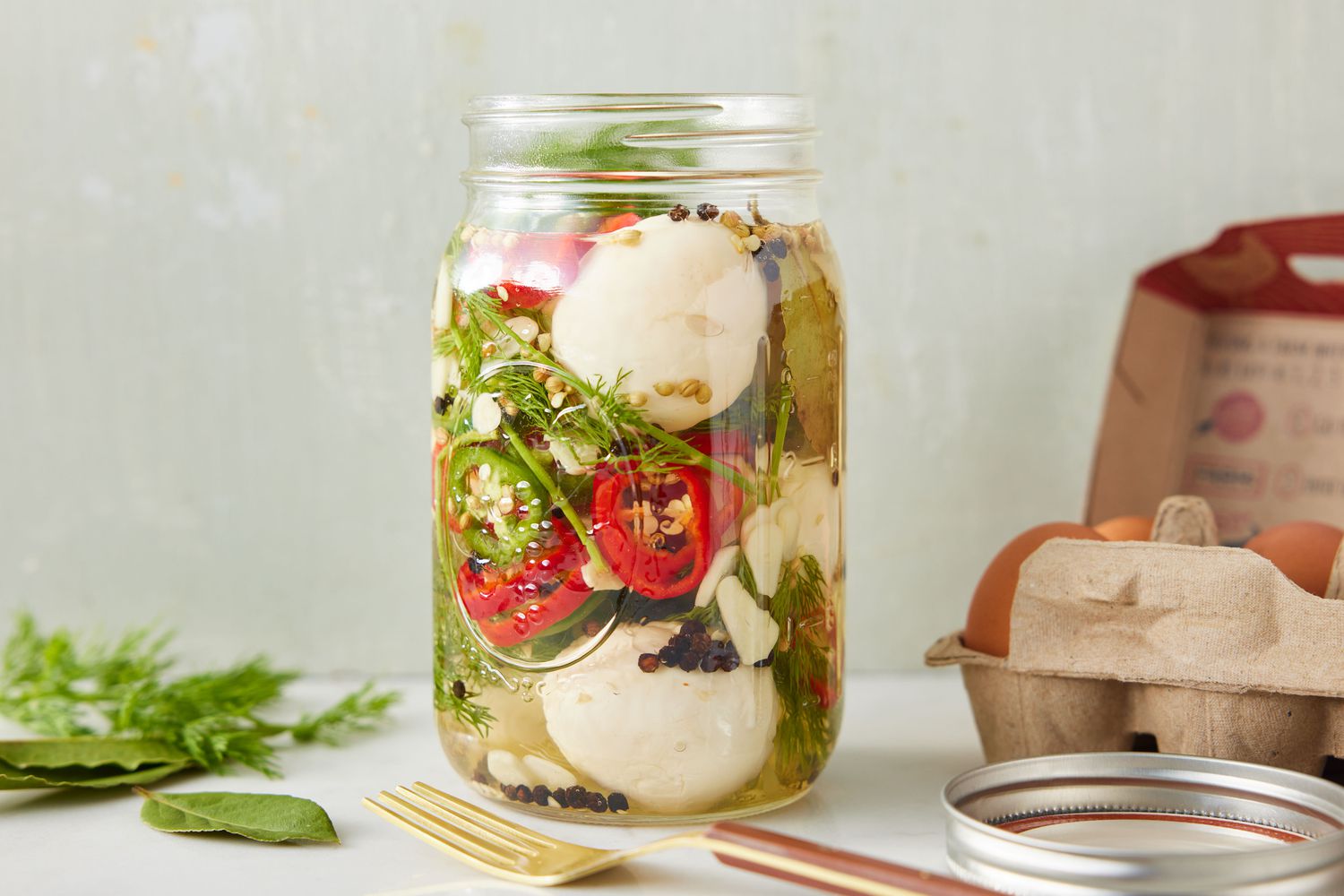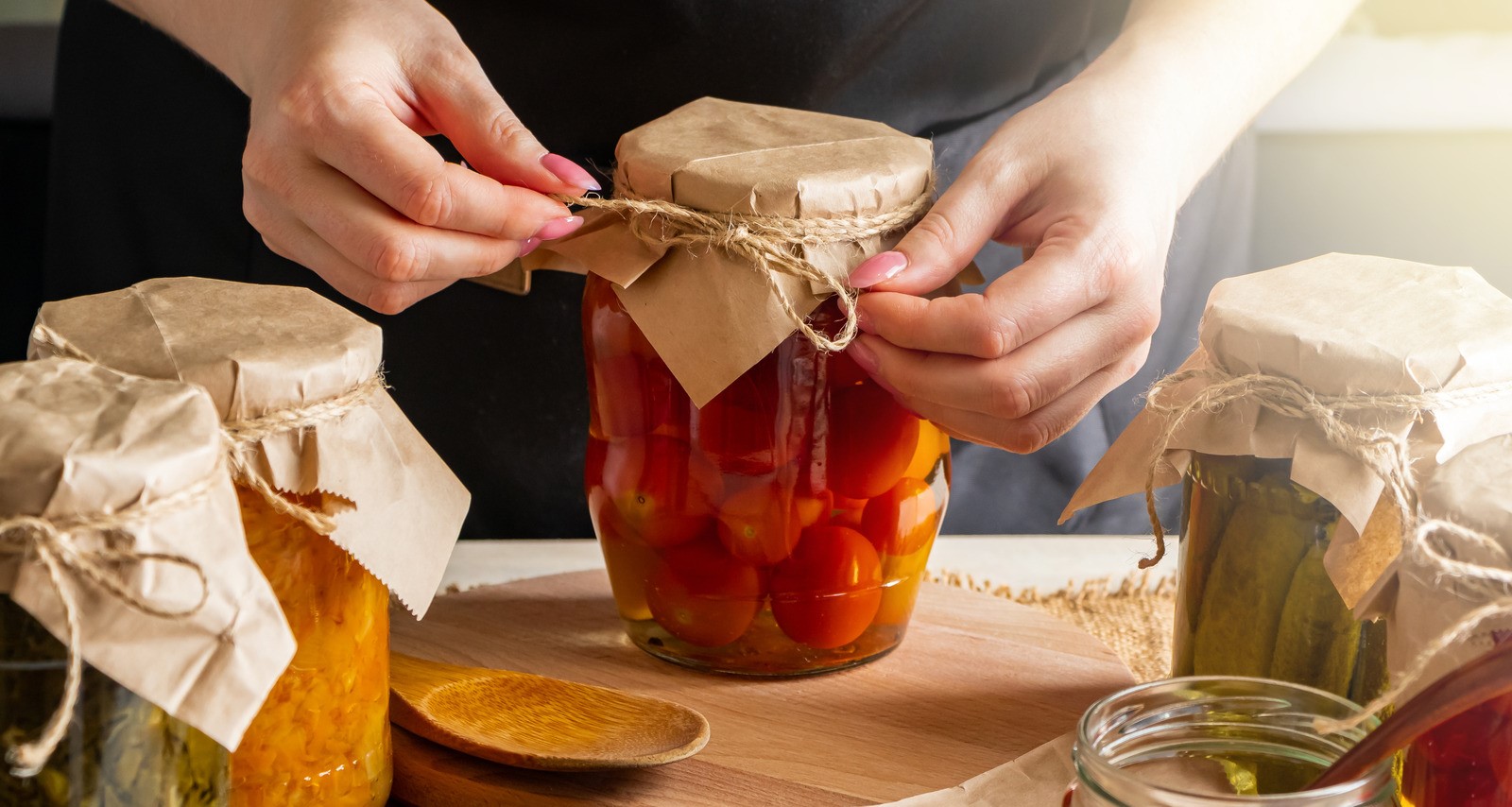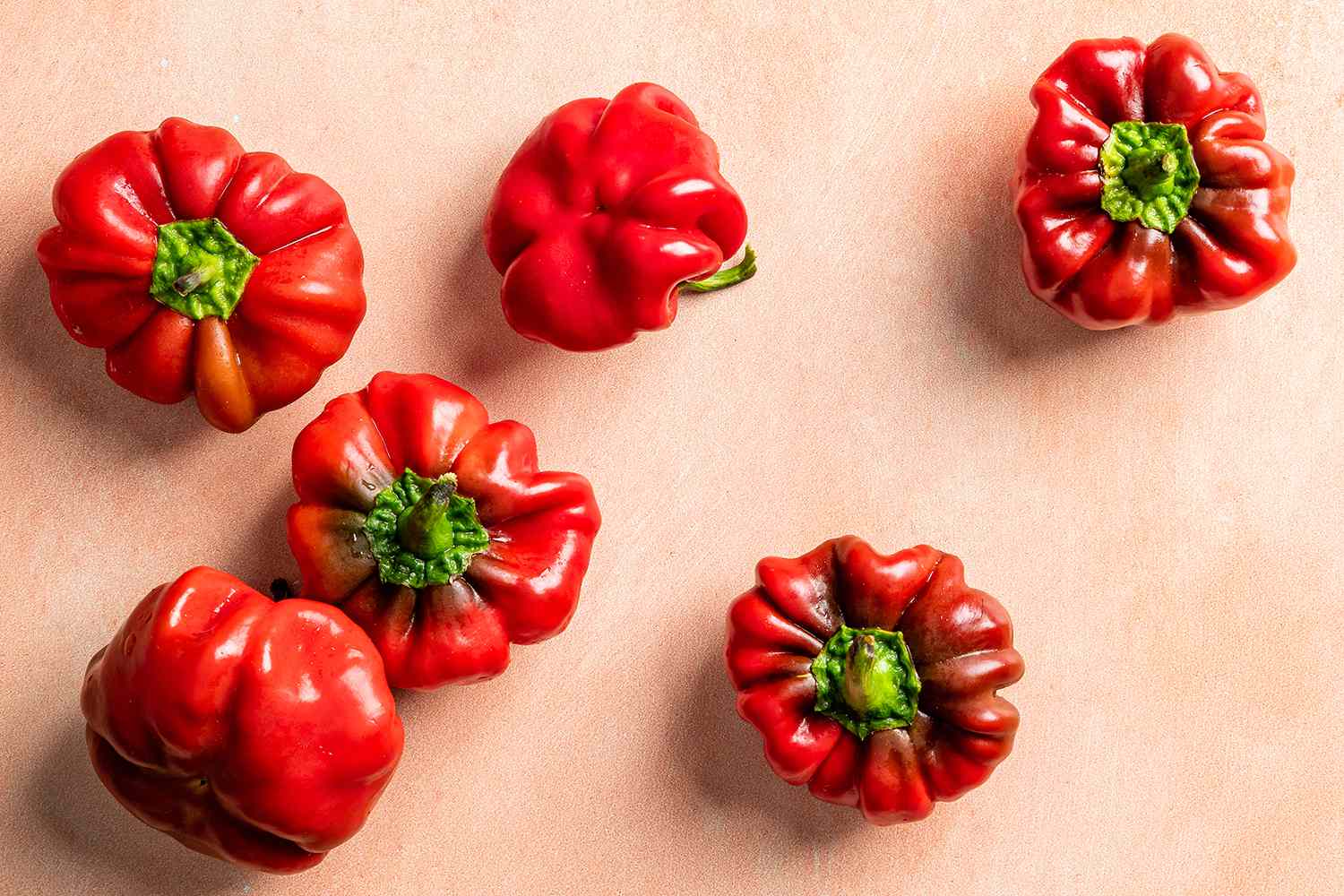Preserving the Freshness of Wild Leeks: A Guide to Pickling
Wild leeks, also known as ramps, are a delicious and versatile ingredient that can be used in a variety of dishes. They have a short growing season, making it important to find ways to preserve their unique flavor for enjoyment throughout the year. One popular method of preservation is pickling, which not only extends the shelf life of wild leeks but also enhances their taste. In this guide, we will explore the process of pickling wild leeks, allowing you to savor their deliciousness long after their season has passed.
Choosing the Right Wild Leeks
When it comes to pickling wild leeks, it’s essential to start with fresh, high-quality produce. Look for wild leeks that are firm and free from blemishes. The vibrant green leaves and crisp white bulbs are a sign of freshness and will ensure a flavorful end result.
Gathering Your Supplies
Before you begin the pickling process, gather the necessary supplies. You will need:
- Clean, sterilized glass jars with lids
- White vinegar
- Water
- Salt
- Sugar
- Whole spices such as mustard seeds, peppercorns, and bay leaves
- Fresh wild leeks
The Pickling Process
Now that you have everything you need, it’s time to start pickling your wild leeks. Follow these simple steps:
- Thoroughly wash the wild leeks to remove any dirt or debris. Trim the roots and any wilted parts of the leaves.
- Prepare the pickling liquid by combining equal parts water and white vinegar in a saucepan. Add salt and sugar to taste, and bring the mixture to a boil.
- While the pickling liquid is heating, pack the clean wild leeks into the sterilized glass jars. Add your choice of whole spices for extra flavor.
- Once the pickling liquid reaches a boil, carefully pour it over the wild leeks in the jars, ensuring they are completely submerged.
- Seal the jars with the lids and allow them to cool to room temperature.
- Once cooled, refrigerate the pickled wild leeks for at least 24 hours before enjoying them.
Enjoying Pickled Wild Leeks
Pickled wild leeks make a delicious addition to a variety of dishes. Their tangy, slightly sweet flavor pairs well with charcuterie boards, salads, and sandwiches. They can also be enjoyed on their own as a flavorful snack.
By pickling wild leeks, you can capture the essence of their fleeting season and enjoy their unique flavor all year round. Experiment with different spices and seasonings to create pickled wild leeks that perfectly suit your taste preferences. With this simple preservation method, you can savor the deliciousness of wild leeks long after their brief appearance in the springtime.
So, the next time you come across a bounty of wild leeks, consider pickling them to preserve their freshness and elevate your culinary creations with their unique flavor.
For those eager to try their hand at pickling wild leeks, this guide offers a selection of recipes that will showcase the unique, tangy flavor of these foraged gems. Adventurous cooks can start with the Pickled Wild Leek and Avocado Salad, a refreshing blend perfect for summer. For a heartier option, Pickled Wild Leek Grilled Cheese Sandwich brings a delightful twist to a classic comfort food. Seafood lovers shouldn't miss the Pickled Wild Leek and Smoked Salmon Bagel, where briny salmon meets the sharpness of pickled leeks. For a brunch favorite, the Pickled Wild Leek and Feta Quiche combines creamy feta and savory leeks into a satisfying dish. Finally, those looking for something a bit more exotic can try Pickled Wild Leek Ramen, where the leeks add a zesty punch to the rich, umami broth.
Was this page helpful?
Read Next: How To Pickle Onions No Vinegar
